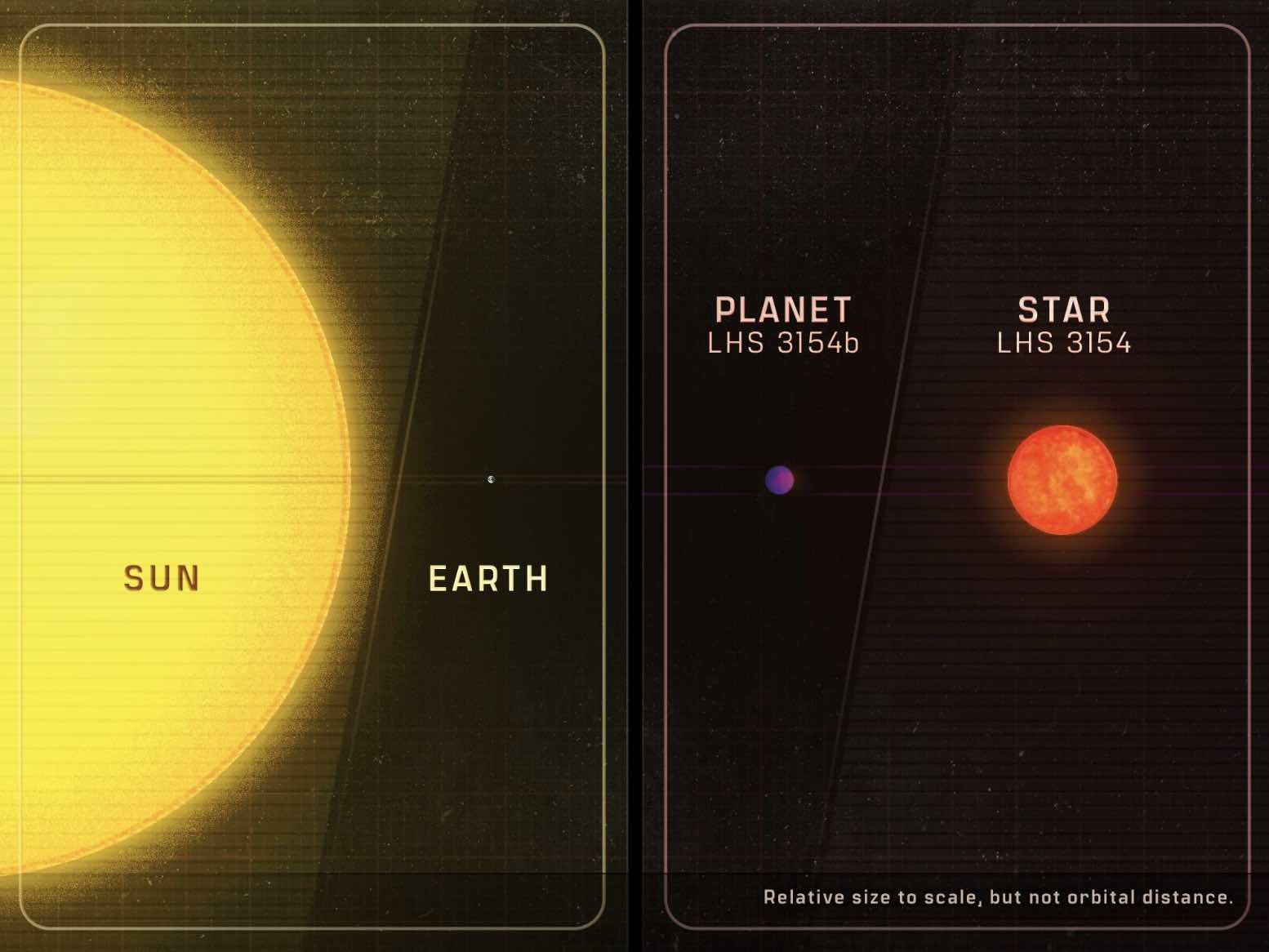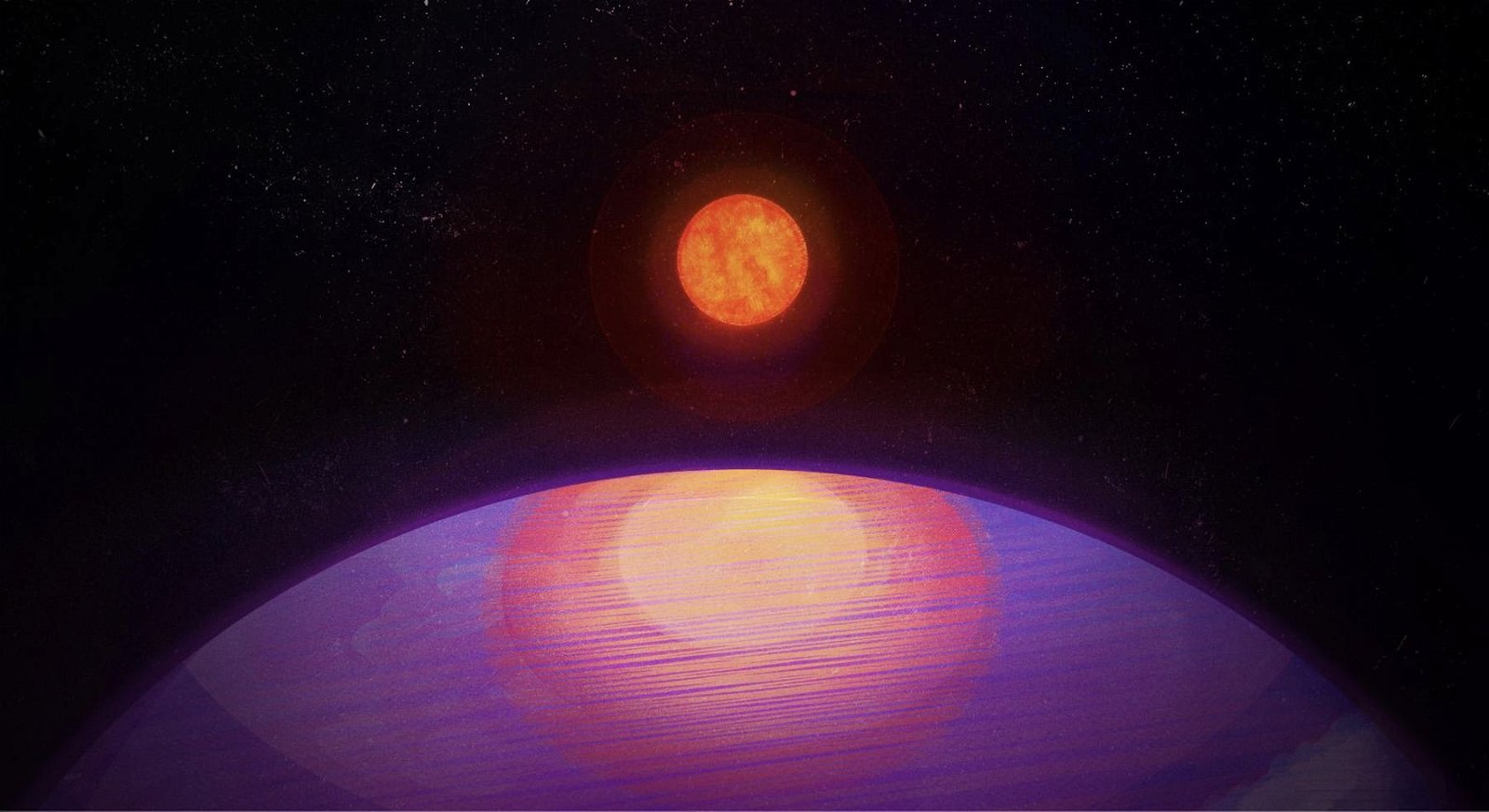Researchers say the discovery of a planet too large for its nearest star is challenging existing theories about the dynamics of planetary formation, according to recent findings.
The discovery, reported by researchers at Penn State University, involves a massive planet orbiting LHS 3154, a star that is around nine times smaller than our Sun, and thereby also much cooler.
By comparison, the newly named planet, LHS 3154b, which orbits it is more than 13 times the size of Earth, which planetary scientists say should not be possible.
Put into context, the mass ratio of the planet to its host star is greater than 100 times that of Earth and the Sun, making LHS 3154b the largest planet ever discovered orbiting an ultracool dwarf star and, more fundamentally, a planet too large to easily fit within current models about how such celestial objects form.
Suvrath Mahadevan, the Verne M. Willaman Professor of Astronomy and Astrophysics at Penn State, said he and his colleagues were surprised by the discovery.
“We wouldn’t expect a planet this heavy around such a low-mass star to exist,” Mahadevan said in a press release describing the new findings.
Generally, once a star is formed, gas and dust surrounding it will form a protoplanetary disk, which will eventually form planets over long periods. However, the disk around LHS 3154 does not have enough solid mass to facilitate planetary formation in the case of an object like LHS 3154b, Mahadevan says.
“But it’s out there,” he adds, “so now we need to reexamine our understanding of how planets and stars form.”


The discovery was made possible with the help of a specialized astronomical spectrograph Mahadevan and his colleagues developed at Penn State called the Habitable Zone Planet Finder (HPF). The device is designed especially for the detection of planets orbiting cool stars that are likely to have liquid water.
Signals from planets with short distances from the cooler stars they orbit allow for a signature that is more easily detectable compared with other planets that surround stars that are more like our Sun. Mahadevan provides an analogy in which stars can be compared to campfires burning off their energy stores and cooling down, meaning that one must be closer to them to receive the heat they generate.
“The same is true for planets,” he says. “If the star is colder, then a planet will need to be closer to that star if it is going to be warm enough to contain liquid water.”
Mahadevan explains that when planets are orbiting close enough to an ultracool star, they can be detected on account of very minor changes in the color of their spectra, variances that arise from the gravitational influence of the orbiting planet.
“What we have discovered provides an extreme test case for all existing planet formation theories,” Mahadevan said. “This is exactly what we built HPF to do, to discover how the most common stars in our galaxy form planets — and to find those planets.”
“The discovery really drives home the point of just how little we know about the universe,” Mahadevan said.
Mahadevan is the co-author of a recent study detailing the findings that appeared in the journal Science.
Micah Hanks is the Editor-in-Chief and Co-Founder of The Debrief. He can be reached by email at micah@thedebrief.org. Follow his work at micahhanks.com and on X: @MicahHanks.

